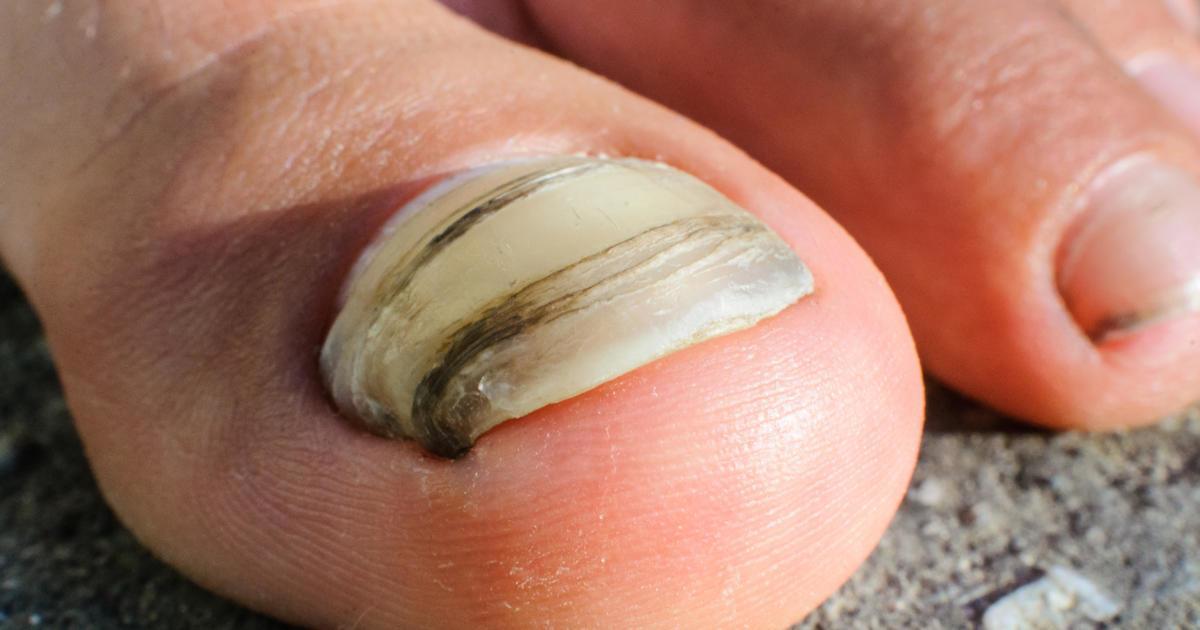What Can Cause A Black Toenail?
Toenails are naturally supposed to be fairly white or clear in color, which means individuals can be certain there's a problem when they suddenly blacken. Black toenails can occur for a surprisingly large number of reasons, ranging in severity from mild to quite serious. Some of the causes of black toenails will go away on their own, while others will linger until treated. If individuals notice one or more of their toenails have recently turned black, it's important for them to see a doctor so they can have the issue properly diagnosed. A few of the causes of a black toenail can be very damaging to a patient's overall health if left untreated. Get to know some of the common causes of black toenails now.
Fungal Infections

Among the most common causes for a black toenail is a fungal infection, of which there are a variety of types. These infections will typically turn an individual's toenails pure white or darker shades of yellow, which may allow them to identify the condition before their toenail blackens completely. It's only when debris builds up around the infection that the toenail turns black. Fungal infections occur in toenails more than any other area of the body because of their surroundings. While wearing shoes and socks is essential to ensure feet remain clean and comfortable, doing so also provides an environment where fungus can thrive. Whenever the skin is warm and moist because of shoes and socks, it's possible for a fungus to develop and cause an infection in the nail. However, individuals can prevent these infections as long as they practice good foot care. This includes making sure fungus is treated promptly as if it's left untreated, the fungus can cause permanent damage to the nail and spread to other areas of the body.
Keep reading for more information on the causes of a black toenail now.
Melanoma

Melanoma is a very aggressive form of cancer that can spread throughout various areas of the body. This form of skin cancer most commonly occurs because of overexposure to the sun. It comes in stages ranging from zero to four, with the most serious being stage four. When a patient has been diagnosed with stage four cancer, this means the melanoma has spread to certain lymph nodes and organs like the liver, brain, or lungs. It's rare for this cancer to cause a black toenail. However, this disease causes dark patches of irregular-looking skin to appear on different areas of the body, and it's possible for one of these dark patches to grow beneath the toenail. It's important, therefore, for individuals to be on the lookout for a black patch under their toenail. Since this cancer can spread to other areas of the body and cause a patient's health to deteriorate, they'll want to have the toenail checked immediately after detection. This form of cancer spreads very slowly, which means patients should be able to treat it while the symptoms are still manageable.
Get familiar with the next cause of black toenails now.
